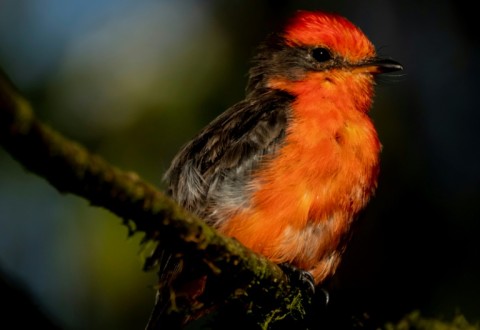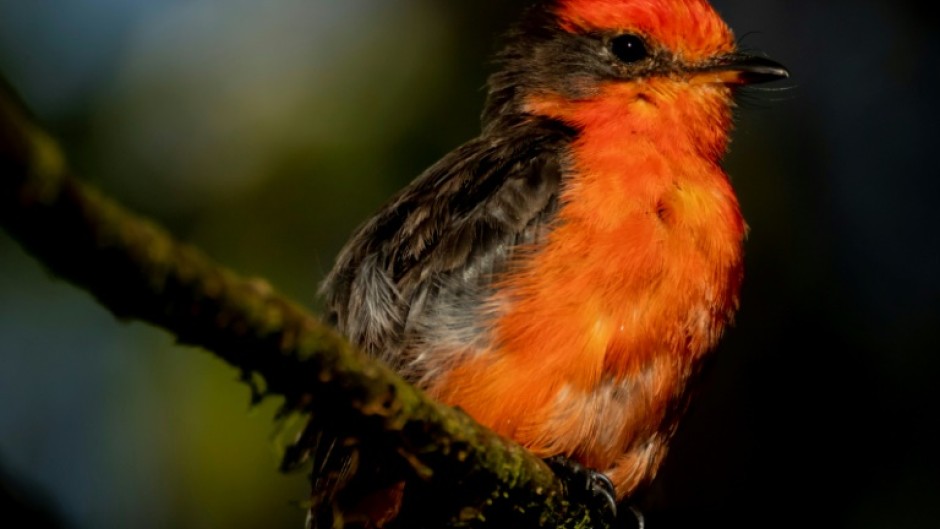
QUITO - Darwin's flycatcher, a small bird with striking vermilion plumage, is making modest but noticeable headway on the Galapagos Islands in its battle back from near extinction, the remote archipelago's national park said.
The only 15 remaining pairs of the charismatic birds on the island of Santa Cruz have produced 12 chicks this year, the park said.
The species is endemic to the Galapagos, and is considered vulnerable by the International Union for Conservation of Nature (IUCN).
Darwin's flycatchers reside on other islands in the chain, like Pinzon, but their population was particularly threatened on Santa Cruz Island.
An experimental management program there "permitted 12 new chicks to add to the population" in a forest at higher elevation on Santa Cruz, where only 15 pairs exist, the Galapagos National Park said.
The reserve's director, Danny Rueda, said that "each chick that is born is a new hope to save this species that is vulnerable and on the red list."
"These 12 new birds constitute a veritable success since initiating the program in 2018 and finally getting results, never more so than this year," the park said.
The program, a joint project with the Charles Darwin Foundation, the University of Vienna and the nonprofit Galapagos Conservancy, has seen 21 chicks arrive on Santa Cruz between 2020 and 2022, it said.
The Galapagos archipelago, some 1,000 kilometres off the coast of Ecuador, has flora and fauna found nowhere else in the world. Observing its wonders led British scientist Charles Darwin to develop his theory of evolution in the 19th century.

